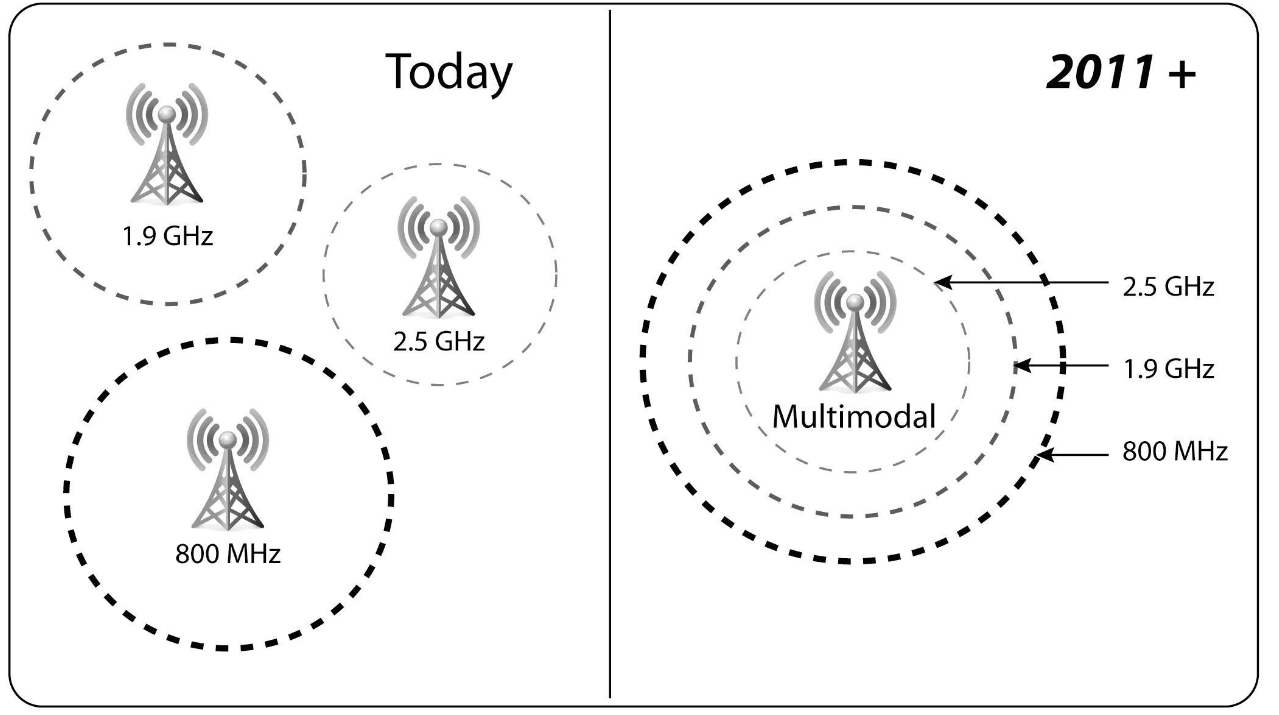Sprint moves to simplify network; So long Nextel

Sprint will phase out its Nextel network and aim for a multi-mode network that will save costs. Sprint has picked Alcatel-Lucent, Ericsson and Samsun to deploy its network plan, dubbed Network Vision.
As part of this new network, Sprint is going to phase out its Nextel infrastructure, also known as IDEN, beginning in 2013. The network deployment will begin in 2011 and take three to five years to complete (statement).
In a nutshell, Sprint is trying to get to the point where it has one network that can toggle between 3G and 4G whether it's long-term evolution (LTE) technology or Clearwire's WiMax. Here's the network plan in a graphic:
While the network plans were a positive some analysts would like more clarity on Sprint's 4G plans. Stifel Nicolaus analyst Christopher King said:
The plan remains somewhat vague, in our view, regarding the company's long-term 4G technology and strategy (and relationship with Clearwire), focusing more on the consolidation of the company's multiple network technologies.
With the network plans, Sprint is trying to future proof its network. Today, Sprint has CDMA, IDEN and WiMax. Those networks mean Sprint needs separate equipment to deploy services on 800MHz, 1.9Ghz and 2.5GHz spectrum.
Sprint said the new network should improve quality and speed, make it easier to expand 4G services and cut costs. Lower expenses are the big win here for Sprint. Sprint said that rolling out the network will cost about $4 billion to $5 billion extra to its capital spending plans. However, Sprint said the net network will save $10 billion to $11 billion over the next seven years with roughly 35 percent to 40 percent due to the phase-out of the Nextel network. These savings will come from backhaul savings, fewer cell sites and capital efficiencies.
"What we are seeing is the savings will start to phase in 2012," said Steve Elfman, president of network operations and wholesale at Sprint. "As we build some of the sites with the new technology, we will immediately start seeing benefits in roaming in 2012. But as we are doing the incremental spend in '11, '12, '13, we are not going to see a net benefit really start to materialize until about 2013."
Related:
